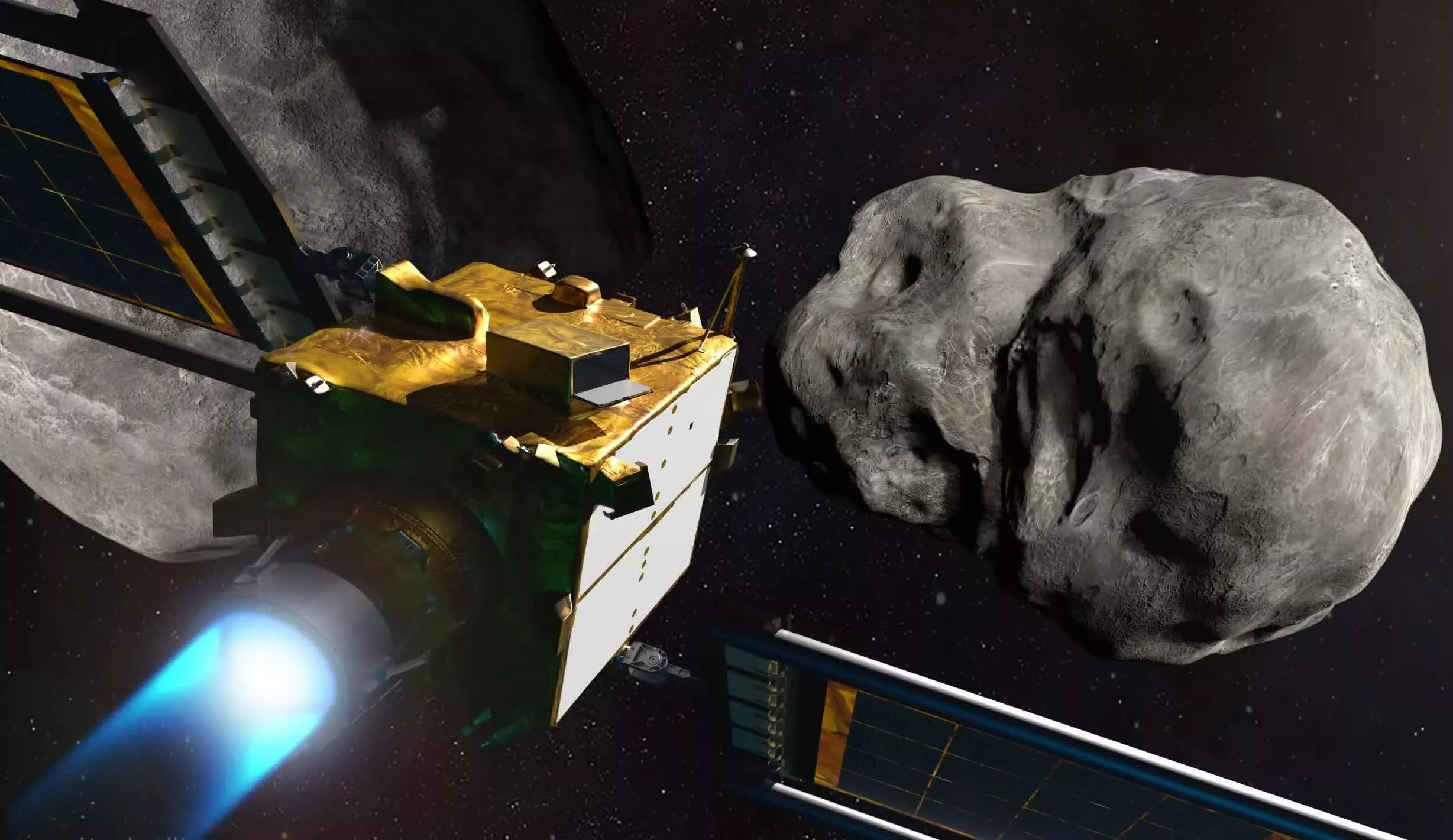In brief: It's been two weeks since NASA slammed a 1,260-pound spacecraft into a 530-foot-wide asteroid called Dimorphos at 14,000 mph in an effort to alter its orbit. We now know the results of the planetary defense demonstration.
Data analyzed by the Double Asteroid Redirection Test (DART) team over the last couple of weeks confirms the impact worked as intended. Before DART slammed into the asteroid, it took Dimorphos 11 hours and 55 minutes to orbit its larger parent asteroid, Didymos. It now takes Dimorphos 11 hours and 23 minutes to orbit Didymos, meaning the crash slowed its orbit by approximately 32 minutes.
NASA said before impact that a change of 73 seconds or more would be considered successful. Needless to say, DART smashed that benchmark.
ATLAS observations of the DART spacecraft impact at Didymos! pic.twitter.com/26IKwB9VSo
--- ATLAS Project (@fallingstarIfA) September 27, 2022
The impact itself isn't the only variable that contributed to the altered orbit. When DART collided with the asteroid, it displaced tons of rock that launched into space. Think of it like untying a balloon - the air from inside rushes out and propels the balloon forward. The same thing happened with Dimorphos - the recoil from the rock ejecta enhanced DART's push.
More information on the asteroid's physical properties including characteristics of its surface and how strong or weak it is will be needed to fully understand the effect of the recoil, we're told.
NASA Administrator Bill Nelson said we all have a responsibility to protect our home planet as it is the only one we have. "This is a watershed moment for planetary defense and all of humanity, demonstrating commitment from NASA's exceptional team and partners from around the world," Nelson added.
Lori Glaze, director of NASA's Planetary Science Division, said that as new data comes in, astronomers will be able to better assess whether a mission like DART could be used in the future to protect Earth from a collision with an asteroid.
NASA livestreamed the impact for all to witness. Observatories from around the world and in space also watched from different angles. NASA's own Webb and Hubble telescopes even captured the event.
The asteroids are seven million miles away from Earth and posed no threat to humanity before impact. The same can be said post-test.
